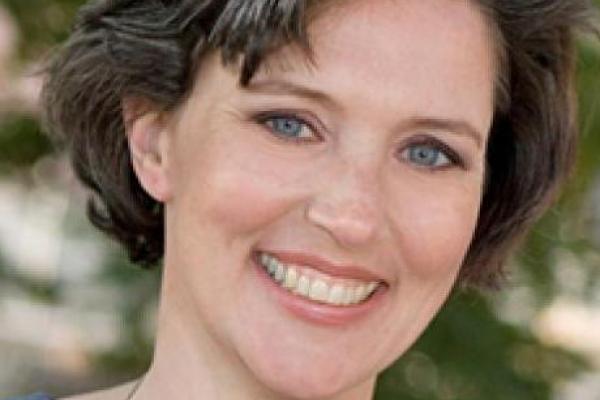Interview with Margaret Price

The Department of English is pleased to welcome professor Margaret Price. Price’s research interests within rhetoric and composition include discourse analysis, disability studies, and digital composition. Her book Mad at School: Rhetorics of Mental Disability and Academic Life was published by University of Michigan Press in 2011. Price also publishes scholarly articles, creative essays, fiction, and poetry in venues including College Composition and Communication, Profession, Disability Studies Quarterly, Bitch: Feminist Response to Pop Culture, and Ms. magazine. To help everyone get to know Margaret better, the department recently conducted an interview with her:
What project/research are you currently working on?
One of my current research projects is a mixed methods study of disabled faculty. Using both an anonymous survey and in-depth interviews, I am working to learn more about the rhetorical process of disclosure for disabled faculty. In other words, how do they talk about their disabilities at work (if they do), how do audiences respond, what other discourses impact these exchanges, and--ultimately--what would constitute positive change on the part of institutions of higher education? This study, which is supported by grants from the National Institution on Disability and Rehabilitation Research, as well as the Conference on College Composition and Communication, is being carried out with my colleagues Stephanie Kerschbaum of the University of Delaware, and Mark Salzer and Amber O'Shea of Temple University. We've presented on our findings in multiple venues, and have several articles out for review.
Another project I'm working on is an exploration of a concept I've come to call "crip space/time." "Crip time" has received quite a bit of attention in disability-studies writing, and, especially with the recent turn toward materiality and design in disability studies, "space" has as well. My argument is that if we think of these concepts as rhetorically intertwined, we may be better able to understand disabilities that don't present in expected ways--for example, chronic pain, post-traumatic stress, or other disabilities that tend not to emerge in conventionally predictable forms. I most recently presented these ideas at the Society for Disability Studies, and will be elaborating on them further at the "Crip Futurities" conference, with current WRL graduate student Sean Kamperman and WRL alumna Dr. Elizabeth Brewer.
What about Ohio State are you most excited about?
I'm thrilled to be in a place with a large and thriving disability studies program, especially since it's embedded in the intersectional activity of DISCO. In my view, disability studies doesn't work well if it's not actively intersectional and collaborative, so I'm pleased to be learning more about all that DISCO does. In addition, I'm excited to learn about other interdisciplinary efforts, including the Humanities and Medicine working group and minor, as well as the very active Disability Studies Graduate Student Network.
I've enjoyed taking part in the intellectual and friendly activity of the English Department. Even after just a few weeks, I'm already amazed at how rich the conversations I've had are. On a more practical level, I'm grateful that my colleagues--both faculty and staff--have been so kind about answering my 10,000 questions!
Is there anything personal you’d like to share with the department to help people get a better sense of you?
Sure. My favorite sport is "road skating"--that is, inline skating for long distances on roads and trails. I haven't gotten out on the Olentangy Trail yet, but I'll give it a try come spring. I am an avid knitter, and knitting is one of the ways I "stim" in order to remain calm and attentive in groups--so you may see me knitting during a meeting. (You can read this blog post by Dr. Melanie Yergeau, another WRL alumna, to learn more about stimming.) I live in Clintonville with my partner, Johnna Keller, an architect with M+A Architects. We have two dogs: an emotionally fragile hound named Murray, and a stoic five-pound chihuahua named Ivy.
